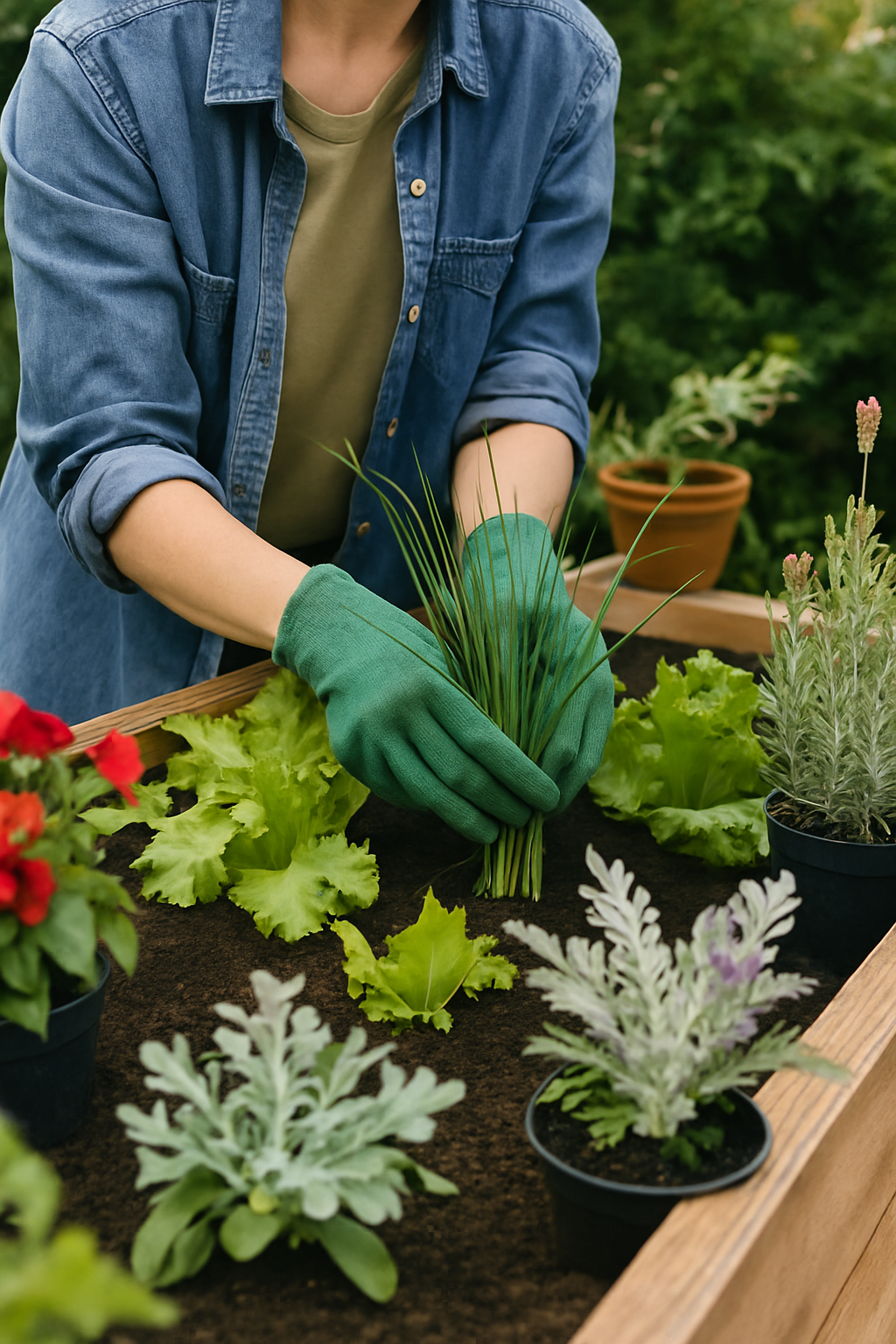Since the birth of the steel industry during the Industrial Revolution, steel has become a common feature in landscape and garden design. Durable and versatile, its unique appearance is appreciated by designers all over the world. Two of the most widely used types of steel in landscape design are stainless steel and weathering steel. In this blog, I will highlight some of the applications of steel in contemporary design and show you how you can use steel to add character to your garden.
Stainless steel
Stainless steel was invented in 1912 and found initial applications as a building cladding material, gaining popularity during the Art Deco period. The Chrysler Building in Manhattan, New York, is a wonderful example of this, with the terraced crown clad in a radiating sunburst pattern of ribbed and riveted stainless steel.
Stainless steel is generally supplied in either a brushed matt or a polished reflective finish. Its sleek modern look suits minimalist designs and can also be combined beautifully with dressed timbers and bevelled stones. The high corrosive resistance of stainless steel makes it particularly useful in coastal environments – it looks great in seaside garden styles. In this type of location, it offers a huge advantage over other materials (e.g. mild galvanised steel) which can corrode and fail.
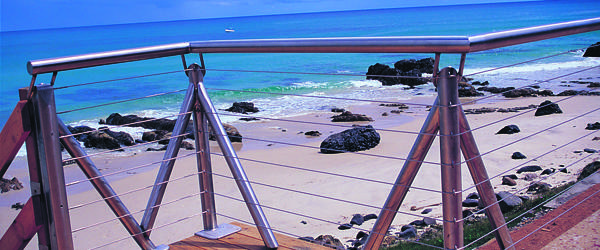
Figure 1 - Stainless Steel balustrades by the ocean (Pilcher, 2006)
Stainless steel can be sculptural as well as practical and the polished reflective surface works well in a garden setting, catching images and directing light. It can be shaped to exhibit the non-laminar flow of water in a water feature (see image below) or sculpted into a kinetic art piece catching the breeze. Practical items such as letterboxes, fireplaces, name and number plates all take on a level of sophistication when rendered in stainless steel. While its cost is initially high, its benefits provide long-term returns ensuring designers around the world continue to find new ways to utilise this material in their designs.
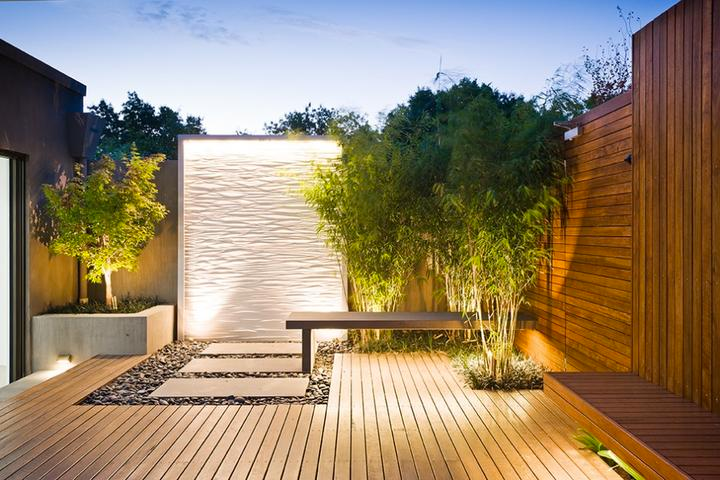
Figure 2 - Stainless steel water feature and lighting (CosDesign)
COR-TEN steel
COR-TEN steel is a patented name for a particular type of weathering steel. It is a product that has significant corrosive resistance and tensile strength. Over time, it will slowly take on a rust colouring; however, its main advantage is its resistance to blistering seen on non-weathering steel. From the late 1800s, weathering steel was used in robust situations, such as railway wagons on land and shipping containers at sea, but it wasn’t until 1964 that notable architectural applications were found. The John Deere World Headquarters in Illinois was one of the first Modernist buildings to use it as cladding.
The strength, durability and flexibility of COR-TEN lends itself well to edging and retaining garden beds. For example, a steel-edged lawn withstands the mechanical damage from trimmers whilst minimising invasion from aggressive roots. It can be quickly laid in long lengths and avoids the need for major excavations. Although it requires specific tools and techniques for installation, it can be a great low-cost edging solution which also provides a seamless interface between lawn, gravel and paving.
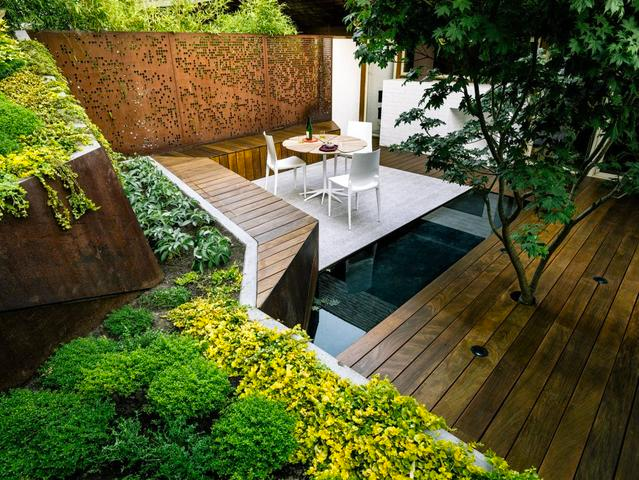
Figure 3 - Hilgard garden, San Francisco, by Mary Barensfield Architecture. COR-TEN utilised in retaining walls and privacy screens (Unknown, 2014)
The organic yet industrial texture and colouring of COR-TEN allows it to be used in a range of garden styles. Varying environments, including wet-dry cycles, affect the steel differently and the appearance can be unpredictable and uniquely charming in the garden. Like stainless steel, COR-TEN can be used for ornamentation. Fire pits are inherently well suited to COR-TEN, as are lanterns and light fittings. You can use it for planter boxes suitable for extreme conditions. Wonderful examples of gates and fences built out of COR-TEN with expressed fasteners and coupled with timber supports are increasingly used in modern design.
Perhaps one of the most striking examples of form, function and aesthetics using COR-TEN steel can be found in a piece of work called Metamorphous, created by Paul Sangha Landscape Architecture in Vancouver, Canada. Metamorphous is a 70-metre-long seawall constructed out of angular sheets. Its abstract shape dissipates wave energy whilst the boulder placement that accompanies it encourages the build-up of sand for vegetation.
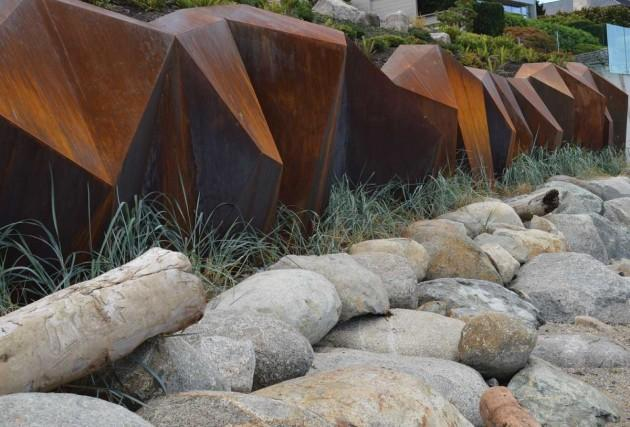
Figure 4 - Metamorphous by Paul Sangha Landscape Architecture (Unknown, 2014)
Metamorphous is an excellent example of functional art drawing inspiration from the surrounding natural formations utilising and exploring a material’s qualities – a valuable technique for any designer seeking inspiration in their work.
If you've seen creative or inspiring examples of steel used in garden design, please let us know.
Images
1. Pilcher,L (2006) as_35_kirra point [jpg]
Available at https://www.assda.asn.au/images/stories/ASimages/as35_kirra_point1.jpg [Accessed 10 August 2017]
2. CosDesign (year unknown) Outdoor Water Walls Landscape Contemporary with None [jpg]
Available at http://www.beeyoutifullife.com/wp-content/uploads/2014/12/outdoor-water-walls-Landscape-Contemporary-with-none-.jpg [Accessed 10 August 2017]
3. Unknown (2014) Hilgard Garden [jpg]
Available at http://barensfeld.com/wp-content/uploads/2014/03/14.jpg [Accessed 10 August 2017]
4. Unknown (2014) Metamorphous Project [jpg]
Available at http://www.contemporist.com/wp-content/uploads/2014/10/me_231014_03-630x427.jpg [Accessed 10 August 2017]

